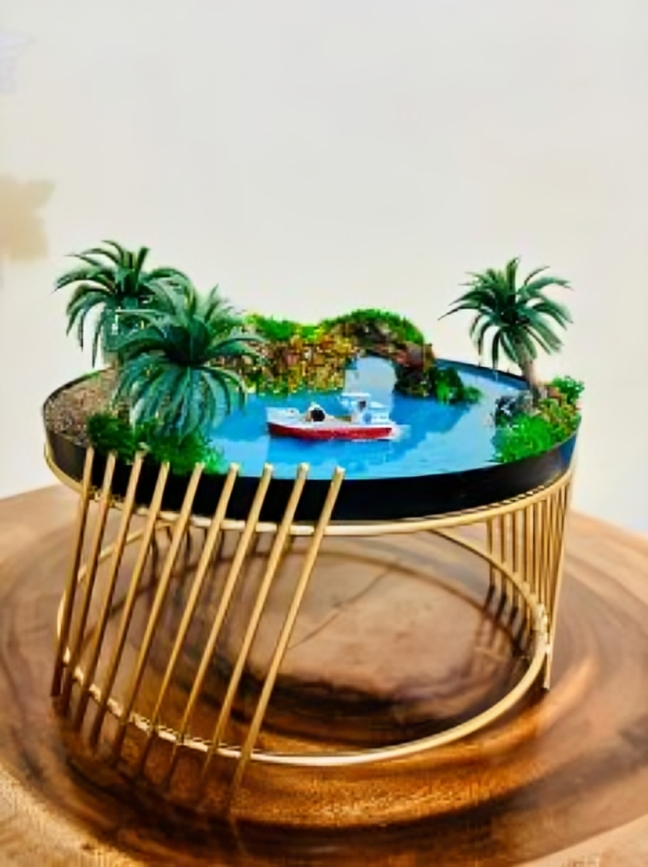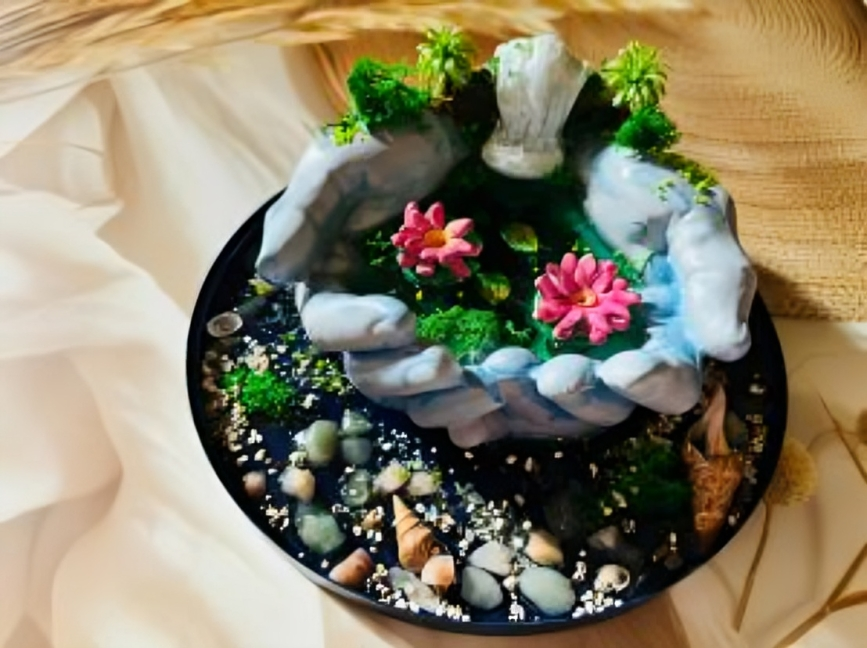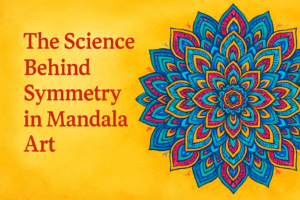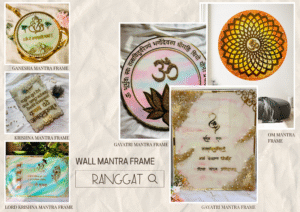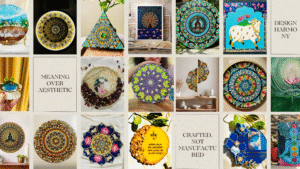In a time where environmental consciousness is essential, a growing number of artists are using sustainable methods and materials in their production. Sustainable art combines beauty and environmental consciousness to honor both the world and artistic expression. Selecting environmentally responsible materials, such as wood and natural flowers, can result in works that are insightful, inspiring, and have a strong connection to nature for the conscious artist.
Working with Wood: Carving Out a Green Future
One of the most classic and environmentally friendly art materials is wood. For sculptures, carvings, and installations, artists can use driftwood, recycled wood, or even responsibly harvested, locally harvested wood. Wood’s unique grains and textures give each piece identity and mirror the natural environment, which is what makes it so beautiful. Beeswax and natural oils are examples of sustainable wood treatments that can be used to finish the artwork without using dangerous chemicals. In order to emphasize that even what is thrown away may become art, artists may even use wood scraps or fallen branches, which reduces waste and gives materials new life.
Art with Natural Flowers: Capturing Fleeting Beauty
Artists are able to express the transient splendor of nature through the use of actual flowers in their works. For long-lasting artwork, such as jewelry or wall art, flowers can be dried, pressed, or embedded in environmentally friendly resin. In order to extract pigments from plants and flowers for use in paintings or textile arts, artists might also experiment with floral dyes. This method eliminates the environmental impact of synthetic paints while allowing a palette that is directly inspired by nature.
Eco-Friendly Techniques: Making the Process Sustainable
Sustainable art goes beyond materials—it includes techniques and processes. Many conscious artists choose low-energy tools, avoiding machinery that requires significant energy. Others may utilize handcrafting, which reduces environmental impact and brings a personal touch to each piece. Upcycling—reusing materials in new ways—is another method to repurpose waste and create innovative, eco-friendly artworks.
Artists have an effective way of expressing their creativity while honoring the earth through sustainable art. Eco-friendly materials, whether used with wood or real flowers, give art a lovely, fresh, and natural look that strengthens the bond between the artwork and the natural world. Artists that use these sustainable techniques create art for a more thoughtful, greener future in addition to the present.

